Eyewear and Aging: Adapting to Changing Vision Needs
As we age, our bodies undergo various changes, and our vision is no exception. The aging process affects everyone differently, but it often brings about shifts in visual acuity, making it necessary for many individuals to rely on eyewear to enhance their sight. Adapting to these changing vision needs can be a daunting task, but with the right eyewear and assistance, one can maintain quality vision throughout their golden years.
Presbyopia, a common age-related vision condition, typically begins to affect individuals around the age of 40. It causes a gradual loss of the eye’s ability to focus on nearby objects, leading to difficulty reading small print or seeing things up close. To address this issue, many turn to reading glasses or bifocals. Reading glasses are non-prescription eyeglasses with magnifying lenses that can be purchased at most pharmacies, supermarkets, or even online. These temporary solutions provide sufficient magnification for reading and close-range activities. On the other hand, bifocals offer convenience by combining two prescriptions into one pair of glasses, enabling the wearer to switch between distances with ease.
While presbyopia affects near vision, another condition known as cataracts primarily affects distance vision as we age. Cataracts occur when the normally clear lens of the eye becomes clouded, causing gradual deterioration in vision clarity. When vision loss starts to interfere with daily activities like driving, surgery becomes a common solution to remove the cataracts. Following the procedure, the natural lens is replaced with an artificial intraocular lens, and the patient may require prescription glasses to optimize their vision post-surgery. However, it’s crucial to note that cataract surgery does not prevent other age-related vision issues like presbyopia, so additional eyewear may still be necessary.
For those with more complex visual impairments such as glaucoma or macular degeneration, specialized eyewear can be highly beneficial. People living with glaucoma often experience peripheral vision loss, making it crucial to have eyewear that emphasizes contrast to enhance remaining visual capabilities. Tinted lenses, for instance, can help individuals distinguish objects against different backgrounds by reducing glare and reflections. Similarly, those with macular degeneration may benefit from eyewear equipped with filters that enhance specific colors or increase brightness, enabling better perception in dim lighting conditions or with low contrast.
It’s important to remember that eyewear is not a substitute for comprehensive eye care and regular check-ups. Routine visits to an optometrist or ophthalmologist can identify age-related eye conditions in their early stages, leading to prompt treatment and minimizing potential vision loss. These eye care professionals also provide valuable guidance on the most suitable eyewear options tailored to individual vision needs, ensuring the best possible adaptation to changing eyesight.
In conclusion, the aging process brings about changes in our vision that can significantly impact our daily lives. However, with the right eyewear and professional assistance, individuals can adapt to these changing vision needs and maintain quality eyesight well into their golden years. Whether it’s reading glasses, bifocals, or specialized eyewear for specific conditions, it’s essential to prioritize eye care and seek professional guidance to ensure optimal vision health throughout the aging process. Remember, aging may affect our eyes, but it doesn’t have to hinder our ability to see the world clearly.
